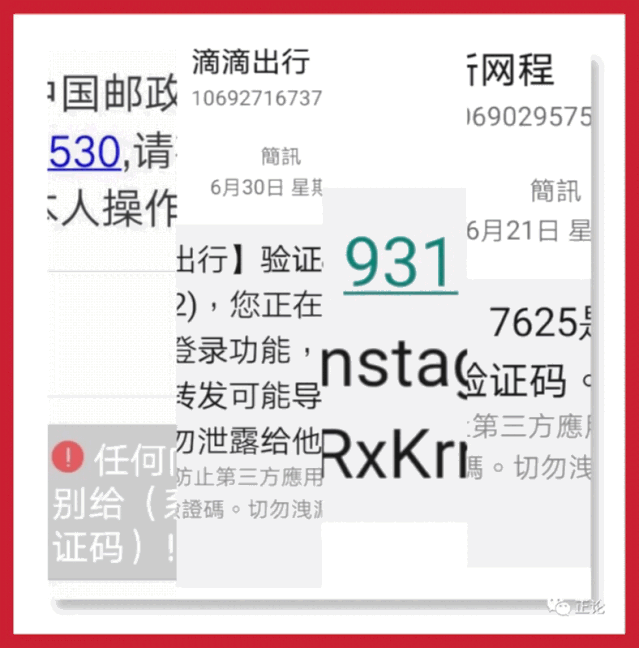
Aug 10, 2020
Identity Codes and the Digital Class
GUI by Hong Zheng
(CAPTCHA stands for “Completely Automated Public Turing test to tell Computers and Humans Apart.” It is a type of public, fully automated program that distinguishes whether the user is a computer or a human.)
“The Anxiety of Identity” is the latest series of works by Li Feng. Without a doubt, although the medium of the work continues the previous experimental approach, this series of works is filled with the powerful atmosphere of the information age – various sign codes densely covering the screen.

Figure 1. Stack of CAPTCHA in Chinese
Visually speaking, the works in Li Feng’s latest series “Anxiety of Identity” are filled with various signifiers and codes of different sizes and colors, which exude a strong sense of the information age. The form of this series of works is a response to a commercial code form that we have long been accustomed to. In many TV dramas and movies, we can easily see the symbol of the bustling “red-light district” that beckons consumer desire with flashing red and green lights, which later appears in the sponsor credits at the end of a film, the guide maps of large shopping malls, and so on. Because “a large number of different forms of information must be displayed on an extremely limited plane,” and the displayed information must be complete and easy to understand at a glance, large physical storefronts can only be condensed into a small logo, and consumers can understand their own desires at a glance. This is the ultimate application of media communication in the “urban-commercial billboards-plane guide maps-consumer desire practice” chain. It is obvious that such a line has already been hidden deep in the consumer desire of each of us.

Figure 2. Evening street of Tokyo.
From the title “Anxiety of Identity” of this series of works, Li Feng only gives us a vague sense of confusion and anxiety. What exactly is causing this anxiety as a consumer object is hard to express. But Li Feng fights in the name of art, directly targeting the “red line” that hinders him. He also feels helpless and confused facing this “red line” that hinders the desire to practice. Thus, we see the information battlefield form that Li Feng creates on the works, with various large and small “digital codes” being negated by red lines or red crosses, that is, unable to enter or unable to proceed to the next step. In the desire to practice on the internet, he has to face and pass this warning sign – identity verification code!

Figure 3. Studio scene of Li Feng (1).
Yes, what I want to say is that “in the ocean of network practices with various desires, the individual form of each consumer has already been digitized.” Perhaps we can enter a few clearer CAPTCHAs back and forth to ensure accurate input, but this level cannot be avoided in any way – this is probably Li Feng’s deep “digital confusion” – he is amazed at the digitization of his own “identity” in network practices. Numbers themselves do not cause confusion, but “subject digitization” is a kind of “identity residue”! That is to say, the truth of the flesh, spirit, and soul in the digital class, Li Feng’s confusion is a kind of pointer to the terrifying confusion of what is pointed to. People are the biggest pointer, and the commercial consumer world and the network practice world are the three thousand manifestations of what is pointed to. But people in our daily lives may be more familiar with the consumer self in the commercial reality. To put it bluntly, we know that our subject is just “leeks”… But it is difficult for us to know the self in the network reality. Li Feng’s confusion-like loss is used to describe the “subject residue” of identity codes in the digital class!

Figure 4. Studio scene of Li Feng (2).
Therefore, we must also understand that in the current digital information age, what we appreciate is not the abstract art itself, but the remnants of individual identity in digital management.
Hong Zheng
Artist, GUI writer, founder of “Zheng Lun” (The Correct Theory)
Researcher at the Chinese and Foreign Art Research Institute.